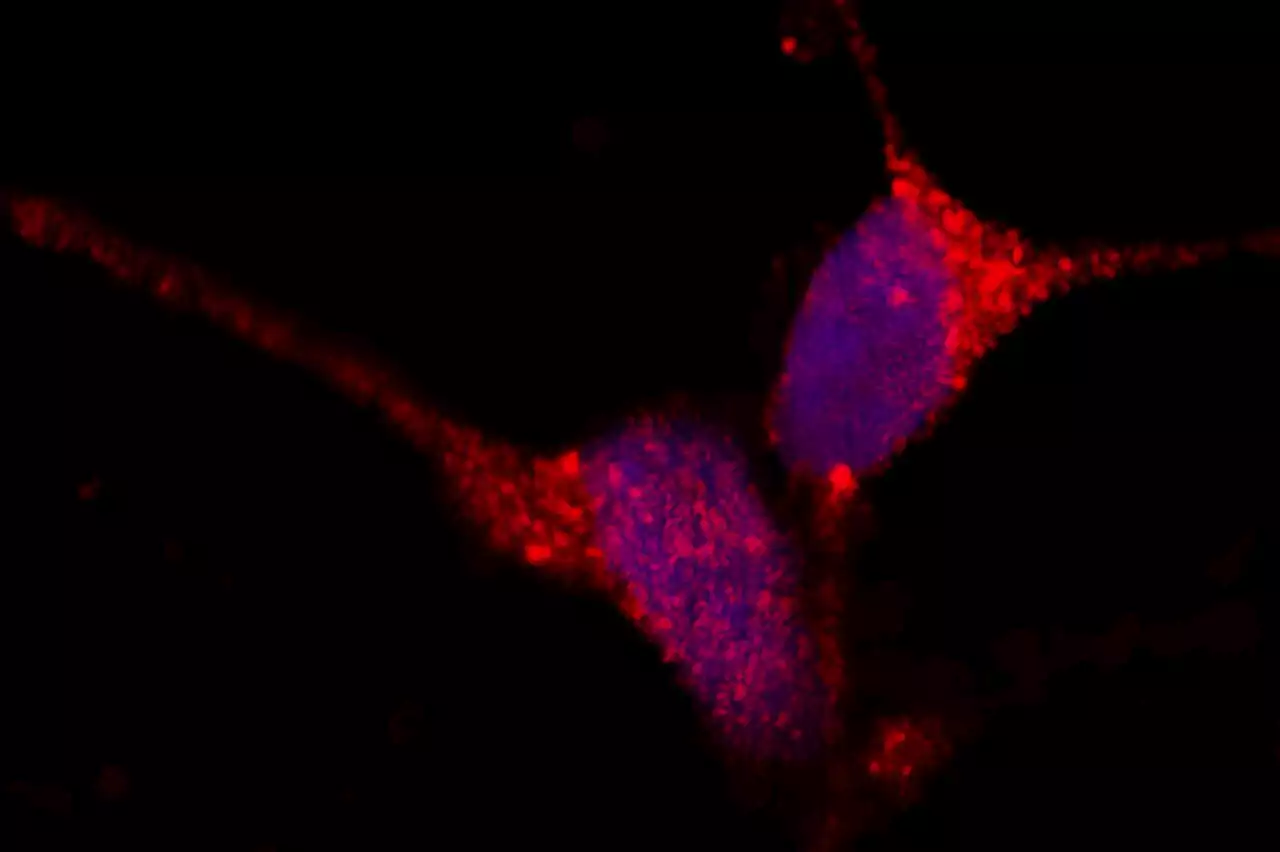Under normal circumstances, tau protein is part of the brain's infrastructure, important for stabilizing neurons into their proper shapes. But sometimes tau gets knotted up into tangles and turns toxic, injuring brain tissue and causing tauopathies, a group of brain diseases characterized by problems with learning, memory and movement. Alzheimer's disease is the most common tauopathy, but the group also includes Parkinson's disease, chronic traumatic encephalopathy (CTE) and several rare genetic conditions.
In search of ways to prevent these destructive tau tangles, researchers at Washington University School of Medicine in St. Louis have identified a key step in their development. Intervening at this step potentially could forestall the destructive cascade of events that results in brain damage, the researchers said.
Historically, RNA has not been considered an active element in biological processes, and most disease research has not focused on them. Only in the past decade have scientists recognized that these RNA molecules can play critical roles in disease processes. Bhagat became interested in lncRNAs because they are involved in regulating diverse cellular processes and have been implicated in cancers.
